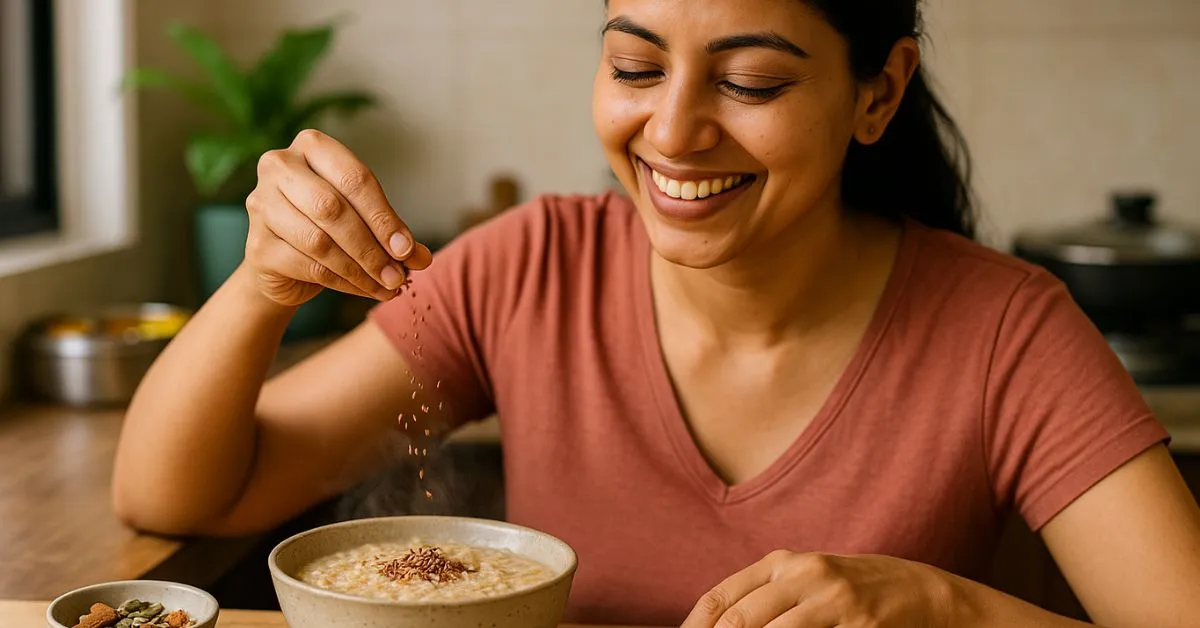Ever opened your report, saw HDL on the lower side, and immediately Googled “how to increase HDL fast”? We’ve all been there. Here’s the honest truth: HDL isn’t a lone superhero—it’s part of a team. The goal isn’t just to push the HDL number up; it’s to improve your overall heart health so your risk actually goes down. And the best part? You can do most of it with simple, sustainable habits—no gimmicks.
1) Upgrade your daily walk—just enough to feel breathless
No fancy plan needed. Start with 30–40 minutes of brisk walking most days (aim for 5 days a week). If you already walk, add 1–2 minute “push” intervals: walk fast till you feel a bit breathless, then ease back.
Why it works: Regular movement improves fat metabolism, lowers triglycerides, and gives HDL a gentle nudge upward.
Try this: 30 minutes after dinner, Monday to Friday. On the weekend, do a 45–60 minute cycle ride, hike, or long walk.

2) Change the type of fat, not just the brand of oil
Swap heavy butter/ghee and fatty red meats for olive, groundnut/peanut, canola, or mustard oil, plus nuts, seeds, and avocado.
Why it works: Unsaturated fats support better HDL and improve your total-to-HDL ratio.
Easy swaps:
- Butter-laden paratha → light brush of oil + a bowl of curd
- Mutton fry → grilled fish or skinless chicken
- Creamy desserts → fruit + a handful of nuts
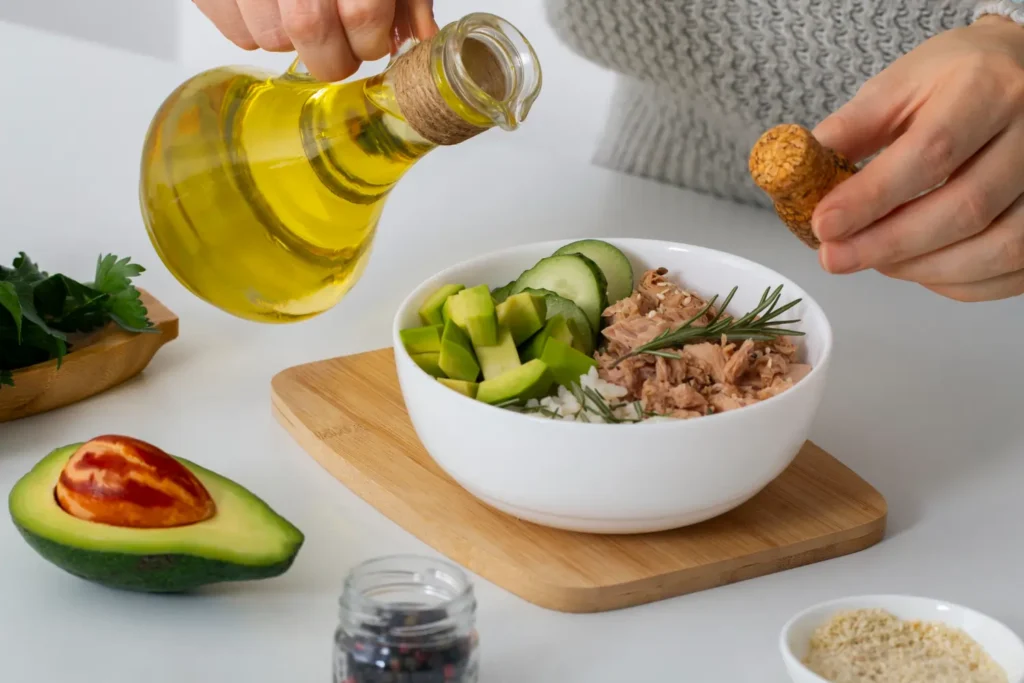
3) Make soluble fiber a daily habit
Aim for 8–10 g of soluble fiber as part of 25–30 g total fiber daily. That looks like oats, barley, beans/lentils (dal, rajma, chana), apples, citrus.
Why it works: Fiber improves your overall lipid profile and helps with healthy weight—indirectly helping HDL too.
Try this: Veg-masala oats at breakfast + 1 tablespoon flax or chia seeds.
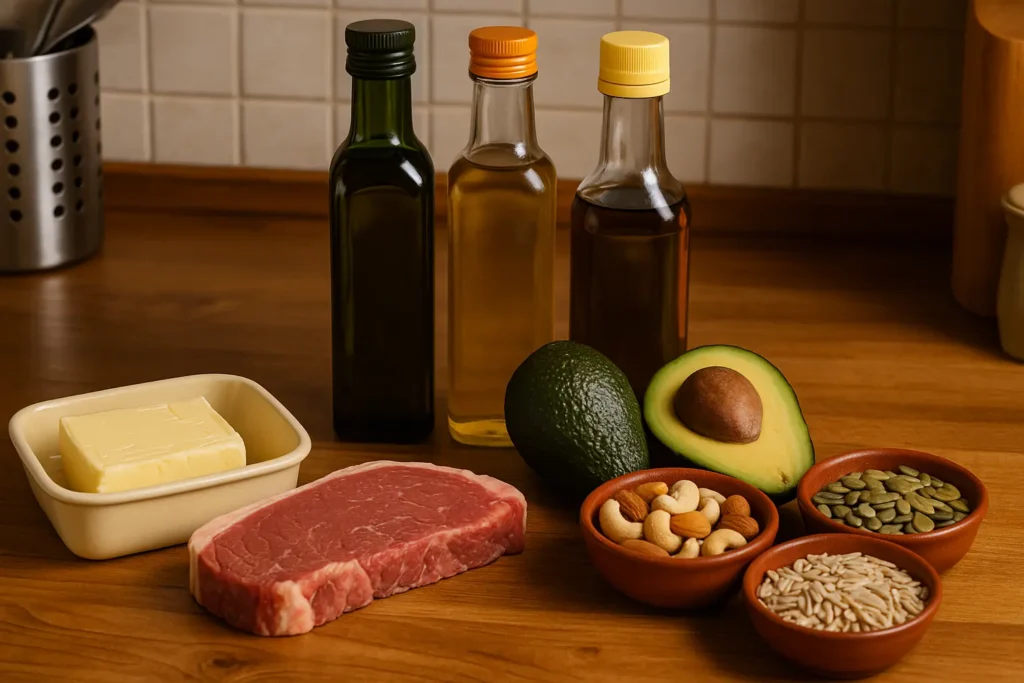
4) Say goodbye to nicotine—HDL rises when smoke clears
Smoking pushes HDL down and damages blood vessels. Quit, and HDL starts to recover—often within weeks—while your overall heart risk drops.
Power move: Use nicotine replacement + a quitting app or counseling. The first 14 days are the game-changer.
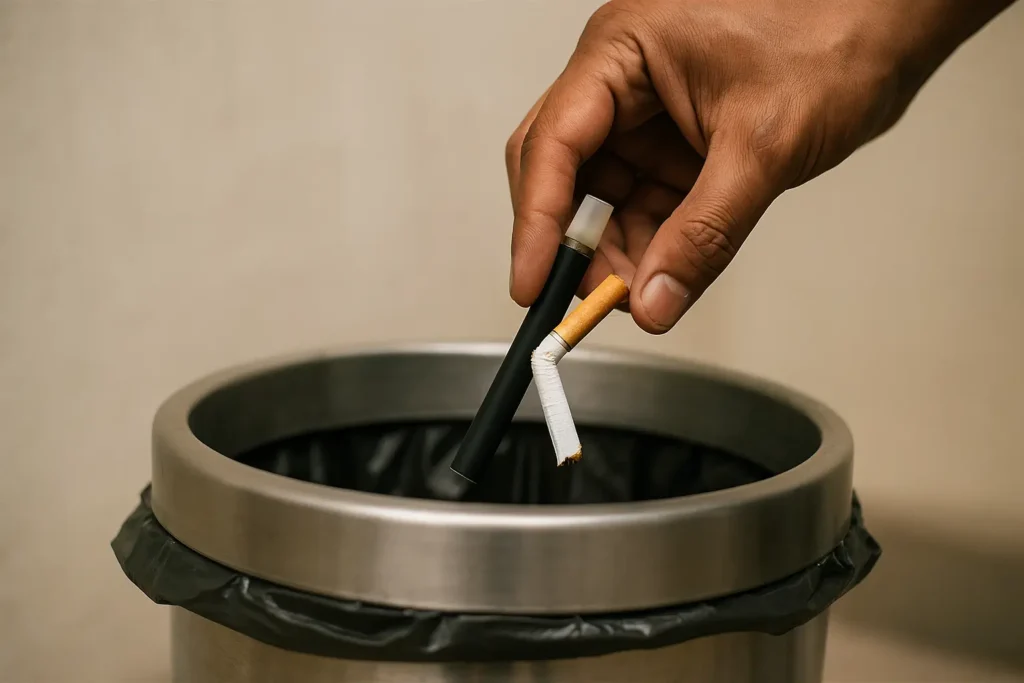
5) Lose just 5–10% if you have weight to lose
You don’t need a “transformation challenge.” Even a modest 5–10% drop improves triglycerides and supports better HDL.
Plate rule: Half veggies, a quarter protein, a quarter whole grains. Snack smart: roasted chickpeas, curd, or nuts.

6) Strength training twice a week
Cardio has the clearest effect on HDL, but 2 strength sessions/week level up your metabolism and help maintain losses—great for your lipid panel long term.
Simple plan: Squat, push, pull, hinge, plank—30–40 minutes, twice a week.
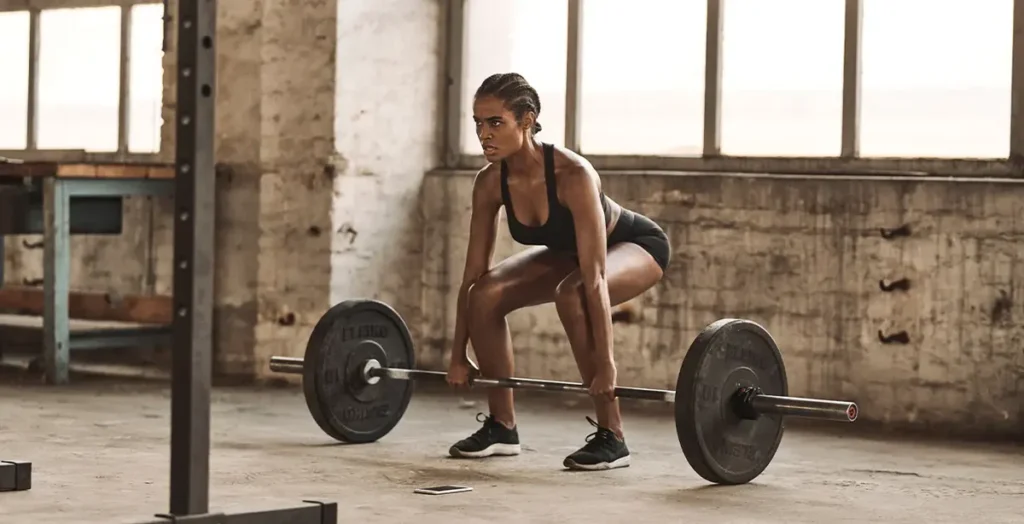
7) Cut refined carbs and added sugar
Sodas, sweetened beverages, and ultra-processed snacks tend to lower HDL and raise triglycerides.
Swap list: Water/sparkling water instead of sugary drinks; fruit + nuts instead of packaged sweets.
8) Fish once or twice a week (or omega-3 alternatives)
Salmon, sardines, mackerel bring omega-3s that lower triglycerides and support heart health. Vegetarian? Add walnuts and ground flax. HDL bumps may be modest—but overall risk moves in the right direction.
9) Alcohol is not a strategy
Yes, alcohol can nudge HDL up—but it’s not recommended to start or increase drinking for that reason. If you drink, keep it modest; if you don’t, there’s no need to begin. Your heart won’t miss it.
10) Sleep and stress—quiet levers with big impact
Aim for 7–9 hours of quality sleep. Add simple stress routines—an evening walk, breathing exercises, yoga, or time outdoors. When sleep and stress improve, your eating, weight, and lipids follow.
11) Skip the “magic pill” mindset
Niacin can raise HDL on paper but hasn’t shown clear benefits for reducing heart attacks or strokes in modern studies, and it can cause side effects. Focus first on LDL control and the habits above. If you’re thinking supplements, talk to your clinician.
A 4-Week, actually doable HDL Jumpstart
Week 1: Foundation
- 30 minutes brisk walk after dinner, 5 days
- Breakfast: oats + veggies + 1 tbsp seeds
- Cooking oil swap; reduce butter/ghee
- Zero sugary drinks this week
Week 2: Volume & Fiber
- Add one 45–60 minute weekend workout (cycle/trek/long walk)
- Lunch: dal/beans + mixed veg + brown rice/roti
- Snack: roasted chana/curd/fruit
Week 3: Strength & Omega-3
- Two 30–40 minute strength sessions
- Fish twice; if veg, walnuts + ground flax daily
Week 4: Level-up
- One interval walk: 1-minute fast × 10, with easy minutes between
- Replace two processed snacks with fruit + curd/seeds
- Fix your sleep window (lights out at the same time nightly)
One simple Indian-style day on a plate
- Breakfast: Masala oats + fruit + flax/chia
- Lunch: Grilled fish or rajma, brown rice/roti, salad, curd
- Snack: A small handful of nuts + buttermilk
- Dinner: Whole-wheat roti, mixed-veg sabzi in a light amount of oil, dal
- Always: Water or sparkling water; sweets only occasionally
Quick FAQs
How fast will HDL rise?
You can see gentle shifts in 8–12 weeks. The bigger win is improving your overall profile (lower triglycerides, better ratios) over months. Consistency > intensity.
What HDL number is “good”?
Higher is generally better, but treatment today focuses on lowering LDL and managing overall risk. Work with your clinician for targets that fit you.
Do I need supplements?
Most people don’t. Food + fitness + smoke-free living is the best foundation. Discuss any supplement with your doctor first.
Bottom line
HDL is a helpful sign, but habits are the true engine. Move most days, choose smart fats, eat more fiber, cut added sugar, skip nicotine, and protect your sleep. Those simple moves—done consistently—make your heart stronger without expensive programs or miracle pills.
Disclaimer: This article is for general education only. It is not medical advice. Always talk to your doctor before changing your diet, exercise, or medicines. If you have chest pain, severe breathlessness, fainting, or stroke-like symptoms, seek emergency care immediately.

